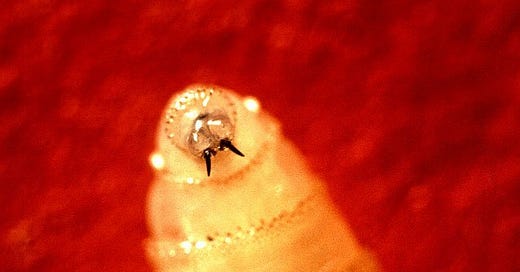The Ministry of Health confirmed this week the unfortunate death of a 19-year-old woman from Guanacaste, a patient with chronic pathologies and diagnosed with Screwworm Myiasis.
The patient was treated at the Upala Hospital for a mouth injury where larvae were detected and was transferred to the México Hospital. Last Friday, her diagnosis of Screwworm Myiasis was confirmed through a laboratory result issued by the National Laboratory of Veterinary Services (LANASEVE – SENASA).
The Ministry of Health carried out the epidemiological investigation and monitoring, issuing prevention and control recommendations as indicated in the National Guidelines for the Surveillance of Screwworm Myiasis in humans.
The Ministry of Health provides the following prevention and control recommendations:
Maintain personal hygiene, wash your hands regularly with soap and water.
Control, treatment and hygiene in skin lesions in accordance with the recommendation of the treating doctor.
Attend the health facility when you have symptoms associated with the disease.
Maintain surveillance and control in the care of the animals, carrying out frequent check-ups, as well as healing all wounds and informing the animal health authorities (SENASA) about the appearance of production or domestic animals with worms.
Screwworm Myiasis is a parasitic disease caused by the larva or worm stage of the fly Cochliomyia hominivorax. It affects all warm-blooded animals, including humans. The transmission mechanism is when the fly deposits its eggs in wounds and/or mucous membranes of the body orifices, invading living tissues such as the skin, the ocular, oral, nasal, genital cavities and others.
Symptoms in humans may include: localized pain, severe pruritus, discomfort in the affected area, skin erythema, skin nodules, oozing wound, presence of a painful lump on the skin with a sensation that moves, which may be an initial indicator of the infestation. Frequently, visible eggs and/or larvae can be seen in the wound.





